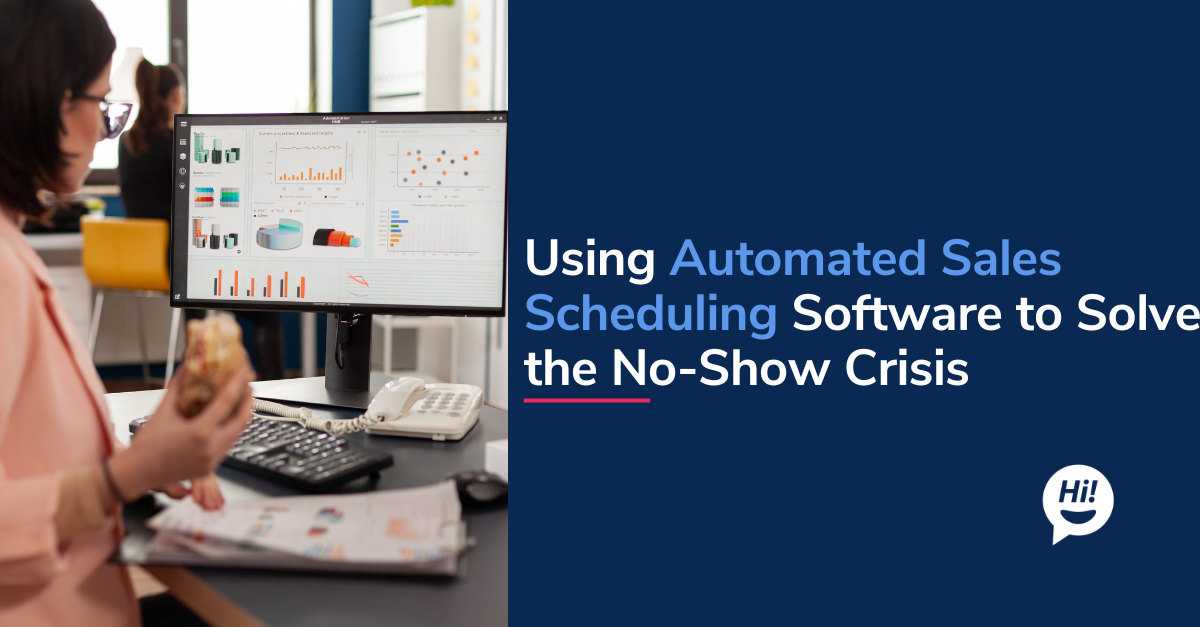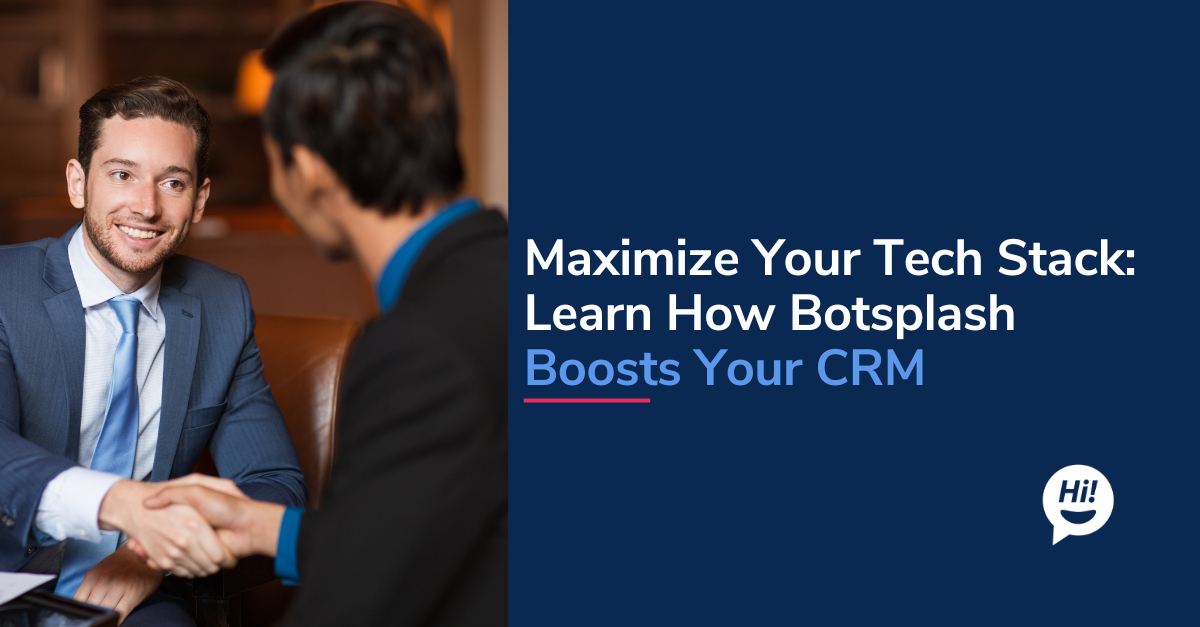Practice leads to perfection. This is a true statement most of the time. The same stands true with AI models. AI models depend on continuous data training for better performance and outcomes, and all AI solutions and applications require massive amounts of data. It has just been over a year since AI for language(LLMs) and content became extremely popular with the launch and inception of ChatGPT by OpenAI. AI (Artificial Intelligence) and SaaS (Software as a Service) are two distinct but often interconnected technologies that can complement each other in various ways. Here's how AI and SaaS relate and how they can work together:
AI-Enhanced SaaS Applications:
SaaS providers will integrate AI capabilities into their software to enhance functionality. For example, a CRM (Customer Relationship Management) SaaS platform might look to use AI to automate lead scoring, predict customer churn, or to provide personalized recommendations to agents on the support and sales teams.
AI-driven analytics and insights can be embedded in SaaS tools to help users make data-driven decisions more effectively. This can be seen in marketing automation tools, business intelligence platforms, and financial software.
Customization and Personalization:
AI can help SaaS applications provide more tailored and personalized experiences to users. For instance, an AI-powered CRM for automotive can ask a series of questions to pre-qualify the buyer and evaluate their budget/financing options.
Automation and Efficiency: AI can automate repetitive and time-consuming tasks within SaaS applications, leading to increased productivity. For example, you can use an internal knowledge base to train the support staff with, in order to respond best to FAQs.
Natural Language Processing (NLP): NLP, a subset of AI, is often integrated into SaaS applications for text and speech analysis. This enables chatbots and virtual assistants in customer support, automated transcription services, and sentiment analysis in social media monitoring SaaS tools.
Security and Compliance: AI can enhance the security features of SaaS applications by identifying and mitigating potential information leakage threats. For example, if agents are trained to not collect sensitive information such as credit card, SSN, or related PII content on chat/text, the SaaS application can warn, flag, and/or suppress such interactions.
Check out how Botsplash AI helps boost your sales teams and conversions! Generative AI with Botsplash
While the applications are ample and wide-ranging, we must understand some of the Myths and Pitfalls that come alongside AI solutions.
AI is perfect: the performance of AI is heavily dependent on the quality, quantity of data, and the duration of training with data. One of the most significant myths is that AI systems are flawless. In reality, AI systems can make mistakes and errors, especially when faced with new or unexpected situations. Also, AI cannot reason like a human or adapt instantly to new variables or changes in conditions. AI is very highly dependent on what and how it is trained.
AI Can Learn Anything Instantly: AI's ability to learn is often exaggerated. It requires extensive training on large datasets, massive processing power, such as the need for quantum computers, and it may adapt poorly to tasks significantly different from its training data. Remember, data quality and quantity are core for an AI model, and training the models for accurate outcomes takes time.
AI is Inherently Biased: AI systems are not inherently biased but can inherit biases from their training data. Bias can emerge from the data used to train AI models or the design choices made by the teams that are training the model. It's a challenge that needs to be actively addressed.
AI enhancements and applications bring many benefits to the teams using its capabilities. At the same time, there are certain pitfalls to be aware of before over-investing in AI solutions. Like with any technology, there is a risk of over-training or overfitting and the solution in place impacting negatively. Let's look at a few AI pitfalls to safeguard from:
Lack of Clear Objectives:
Not defining clear and specific objectives for AI adoption can lead to wasted resources and efforts. Identifying the problems AI is meant to solve or the goals it should achieve is crucial. To start off, keep the use-cases and problems to solve simple and grow from there.
Insufficient Data Quality and Quantity:
AI systems heavily rely on data. Inadequate or low-quality data can result in inaccurate models and predictions. Ensure your data is clean, diverse, and representative of the problem you're trying to solve.
Data Privacy and Security Concerns:
Mishandling sensitive data can lead to legal and ethical issues. Organizations must implement robust data privacy and security measures to protect both customer and company data.
Overlooking Data Bias:
Biased data can lead to biased AI models, resulting in unfair or discriminatory outcomes. It's crucial to audit and address bias in AI systems regularly.
Underestimating Implementation Costs:
AI projects can be expensive, from data collection and preparation to model development and infrastructure. Underestimating costs can lead to financial strain and incomplete projects.
Overemphasis on Automation:
Not every use-case needs AI or Automation as a solution. Although AI can automate tasks, there may be better solutions. Organizations should consider the broader impact of automation on their processes and workforce.
Maintenance and Monitoring:
AI models degrade over time as data distributions change. Regular maintenance and monitoring are necessary to ensure the model's performance remains acceptable.
In Summary
The collaboration between AI and SaaS has ushered in a new era of enhanced functionality and efficiency, promising personalized experiences and data-driven insights across various industries. However, it is essential to acknowledge that AI is not infallible and can inherit biases from its training data. To harness the benefits while mitigating potential pitfalls, organizations must establish clear objectives, ensure data quality, prioritize data privacy and bias mitigation, accurately estimate implementation costs, and strike a balance between automation and human intervention. With vigilance and thoughtful navigation, the fusion of AI and SaaS offers a transformative potential that can be harnessed for the betterment of businesses and society at large.
To learn more about Botsplash click the button below to schedule a demo with our team.







